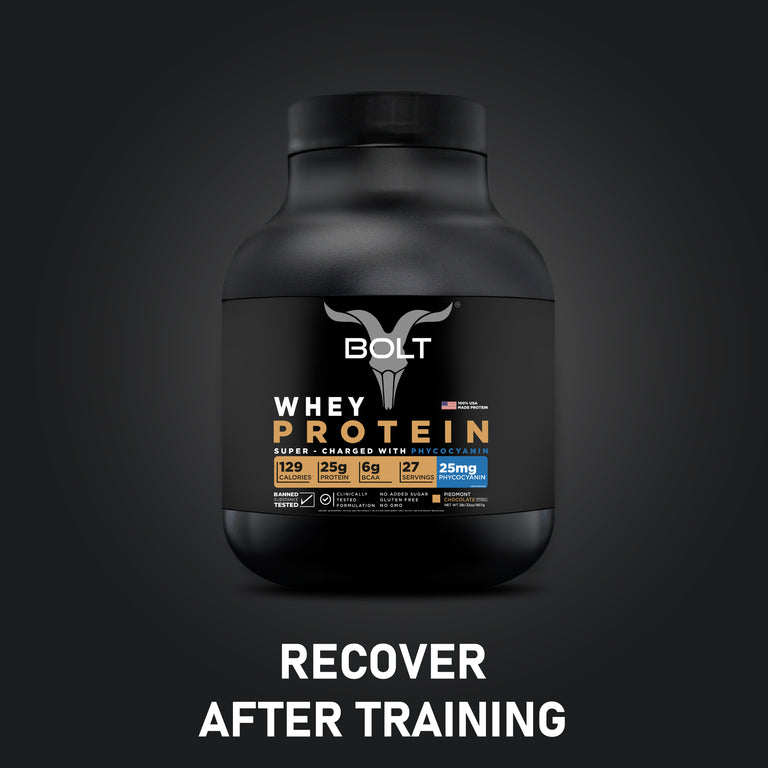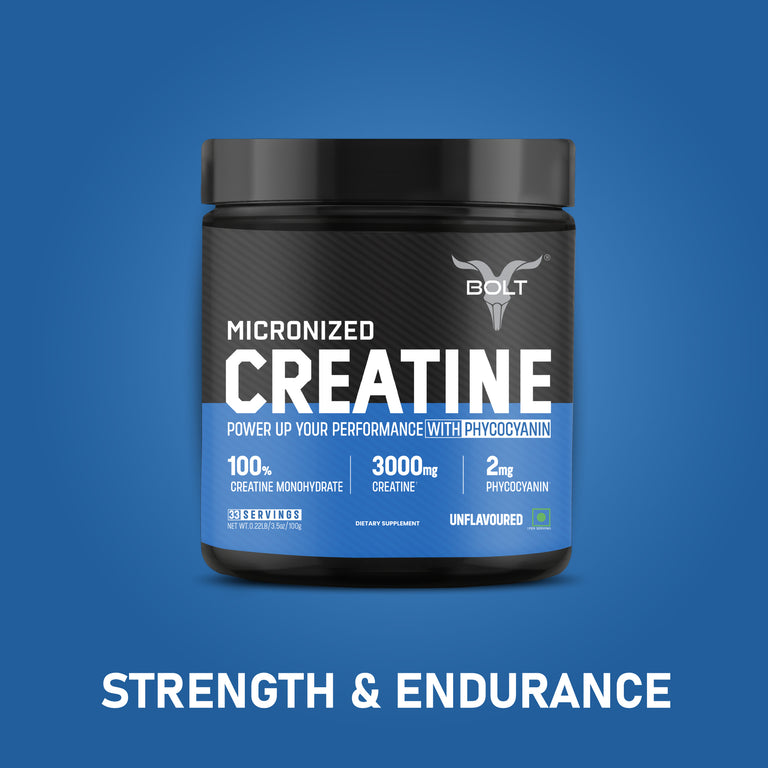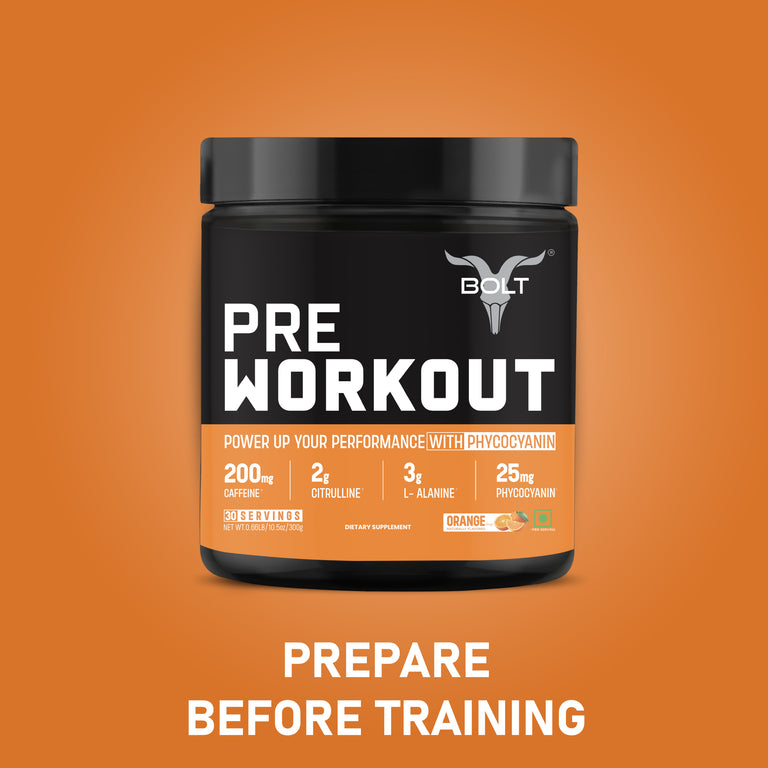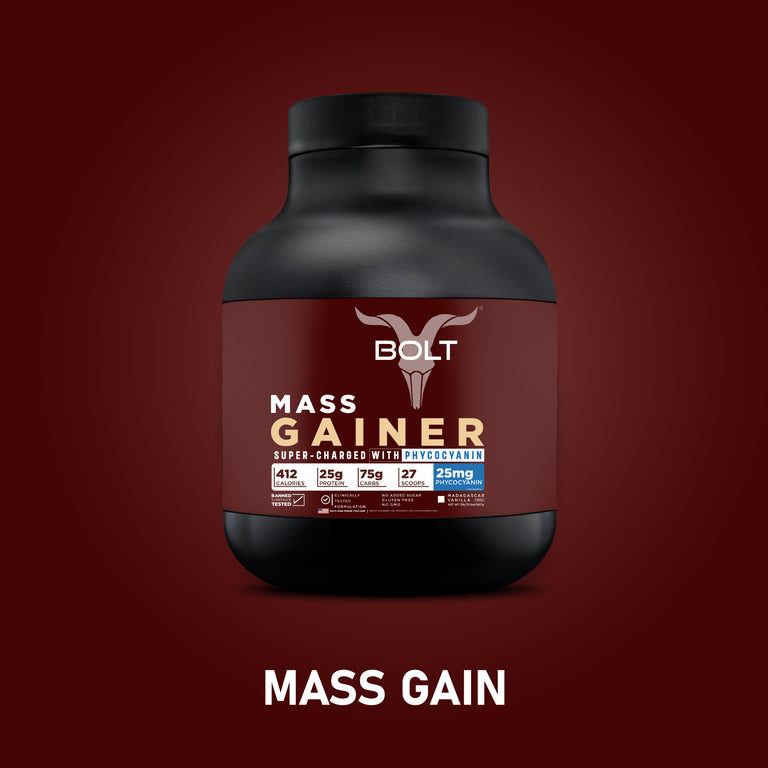
What is Clean Eating? A Beginner’s Guide
byIn the age of fad diets and food trends, clean eating has emerged as a sustainable, realistic, and long-term approach to health. But what exactly does “clean eating” mean? And how can you start without feeling overwhelmed?
Whether you're trying to lose weight, boost energy, or simply eat better, this beginner's guide will help you understand the basics of clean eating and how to make it a part of your lifestyle.
What is Clean Eating?
Healthy eating is a lifestyle, not just a diet. At its core, clean eating means choosing whole, minimally processed foods that are as close to their natural form as possible.
It emphasizes:
- Whole fruits and vegetables
- Lean proteins
- Whole grains
- Healthy fats
- Natural sweeteners in moderation
- Drinking plenty of water
It's about being aware of what you're eating, how it's prepared, and where it comes from.
What Clean Eating is Not
Let’s clear up some misconceptions. Clean eating does not mean:
- Extreme calorie restriction
- Cutting out entire food groups
- Expensive superfoods
- Only eating organic or raw
- Obsessing over every bite
Clean eating is about balance, not perfection.
Clean Eating Basics for Beginners
Here’s how you can get started:
1. Focus on Whole Foods
Choose foods that are unprocessed or minimally processed:
- Fresh vegetables and fruits
- Whole-grain products such as brown rice, the oats and quinoa.
- Natural proteins like chicken, fish, tofu, lentils, and eggs
2. Cut Back on Processed Foods
Try to avoid:
- Packaged snacks
- Refined sugars and white flour
- Artificial sweeteners, preservatives, and colors
Tip: Read labels. If you can’t pronounce an ingredient, it’s probably not clean.
3. Choose Healthy Fats
Not all fats are bad. Include:
- Avocados
- Fatty fish (like salmon)
- Olive oil
- Nuts and seeds
These support heart health, brain function, and more.
4. Stay Hydrated
Water aids digestion, detoxification, and metabolism. Aim for 8-10 glasses a day and limit sugary beverages.
5. Cook More at Home
When you prepare your own meals, you control the ingredients. This reduces your intake of hidden sugars, salt, and unhealthy fats.
Sample Clean Eating Day
Here's a simple clean eating day plan:
- Breakfast: Overnight oats with chia seeds, banana, and almonds
- Snack: Apple slices with peanut butter
- Lunch: Grilled chicken bowl with quinoa, mixed veggies & olive oil drizzle
- Snack: Greek yogurt with honey and strawberries.
- Dinner : is stir-fried tofu with brown rice and broccoli.
Clean Eating Tips for Success
- Meal prep to avoid impulsive eating
- Keep a food journal for awareness
- Involve family or friends for motivation
- Allow yourself treats occasionally—balance is key
Benefits of Clean Eating
- Increased energy
- Better digestion
- Improved skin health
- Weight management
- Reduced risk of chronic diseases
Final Thoughts
Good nutrition isn't about following rules; it's about making healthier choices and nurturing your body. Start slow. Replace one processed food a day with something whole and natural. It will become second nature.
Eat better, feel better, live better. That’s the clean way.








